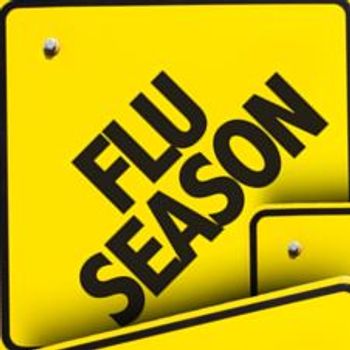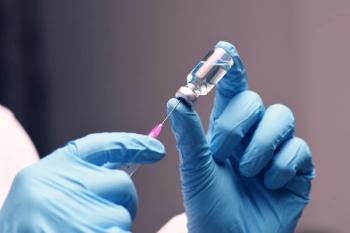
Herpes Simplex and Staphylococcal Folliculitis
A Photo Quiz to Hone Dermatologic Skills
Case 1:
A 37-year-old woman complains of “itchy bumps” that erupted just above her waist 2 or 3 days earlier. She has never had this condition in the past. The patient is otherwise healthy and takes no medications. An avid gardener, she claims to be able to identify and avoid poisonous plants.
Which of the following do you suspect?
A. An acute contact dermatitis to something in the garden.
B. An acute contact dermatitis to something other than plant material.
C. Herpes simplex.
D. Herpes zoster.
E. Impetigo.
(Answer on next page.)
Case 1: Herpes simplex
The papulovesicular, unilateral eruption was the initial clinical episode of a culture-proven herpes simplex virus type 2 infection, C. Because the patient had no history of genital herpes, this outbreak most likely was a recurrence of an earlier subclinical vaginal or rectal inoculation. As many as 80% of initial herpes simplex virus infections are subclinical; recurrences are not uncommon. Initiate either topical or systemic antiviral therapy early for maximum efficacy.
Herpes zoster mimics herpes simplex; determine the culprit organism via culture to predict the clinical course and to offer appropriate treatment; higher dosages of antivirals are needed for herpes zoster. Impetigo features more fragile blisters and more crusting. The discrete eruption seen here is not typical of a contact dermatitis.
Case 2:
For 2 months, a 59-year-old obese man has had a mildly tender rash on his lower abdomen. He has type 2 diabetes mellitus, for which he takes an oral hypoglycemic agent. He also takes a statin for an elevated triglyceride level.
Do you recognize this rash?
A. Contact dermatitis.
B. Staphylococcal folliculitis.
C. Candidiasis.
D. A dermatophyte infection.
E. Follicular eczema.
(Answer on next page.)
Case 2: Staphylococcal folliculitis
A culture grew Staphylococcus aureus; this confirmed the diagnosis of staphylococcal folliculitis, B, which had been suggested by the tender, erythematous follicular papules. The patient’s diabetes and obesity predisposed him to such an infection, which was most likely exacerbated by occlusion from his clothing. Antibiotic therapy promptly resolved the infection.
Contact dermatitis is usually more diffuse and more pruritic than this patient’s eruption. Candidiasis is also more diffuse, exhibits some scaling, and features satellite lesions at the rash’s periphery. Both the discrete, coalescing papules of follicular eczema and the scaly lesions of a dermatophyte infection, which generally arise in the crural crease, are typically more pruritic than tender.
Case 3:
For 3 days, a 59-year-old woman has had painful lesions on her buttocks. The pain does not radiate to the hip or lower abdomen.
The patient has no history of a similar condition. She has been a widow for the past 11 years and has had no sexual contacts during that time. She takes no medications and has no recent history of trauma or exposure to contactants.
What is your clinical impression?
A. Herpes zoster.
B. Herpes simplex type 2.
C. Staphylococcal infection.
D. Pilonidal cyst.
E. Candidiasis.
(Answer on next page.)
Case 3: Herpesvirus infection
A culture for herpesviruses revealed no growth, which is not uncommon for either varicella-zoster virus, A, or herpes simplex virus, B. The riddle may be solved by drawing acute and convalescent viral antibody titers (which this patient declined) or by the passage of time because herpes simplex commonly recurs in an affected area, while herpes zoster does not. The patient was given an oral antiviral, and the lesions resolved uneventfully.
Staphylococcal infections can mimic a herpes outbreak; thus, performing a bacterial culture along with treatment would not be unreasonable. Pilonidal cysts do not appear as grouped vesicles, and candidiasis is uncommon in this location in a healthy patient.
Newsletter
Enhance your clinical practice with the Patient Care newsletter, offering the latest evidence-based guidelines, diagnostic insights, and treatment strategies for primary care physicians.


















































































































































































































































































